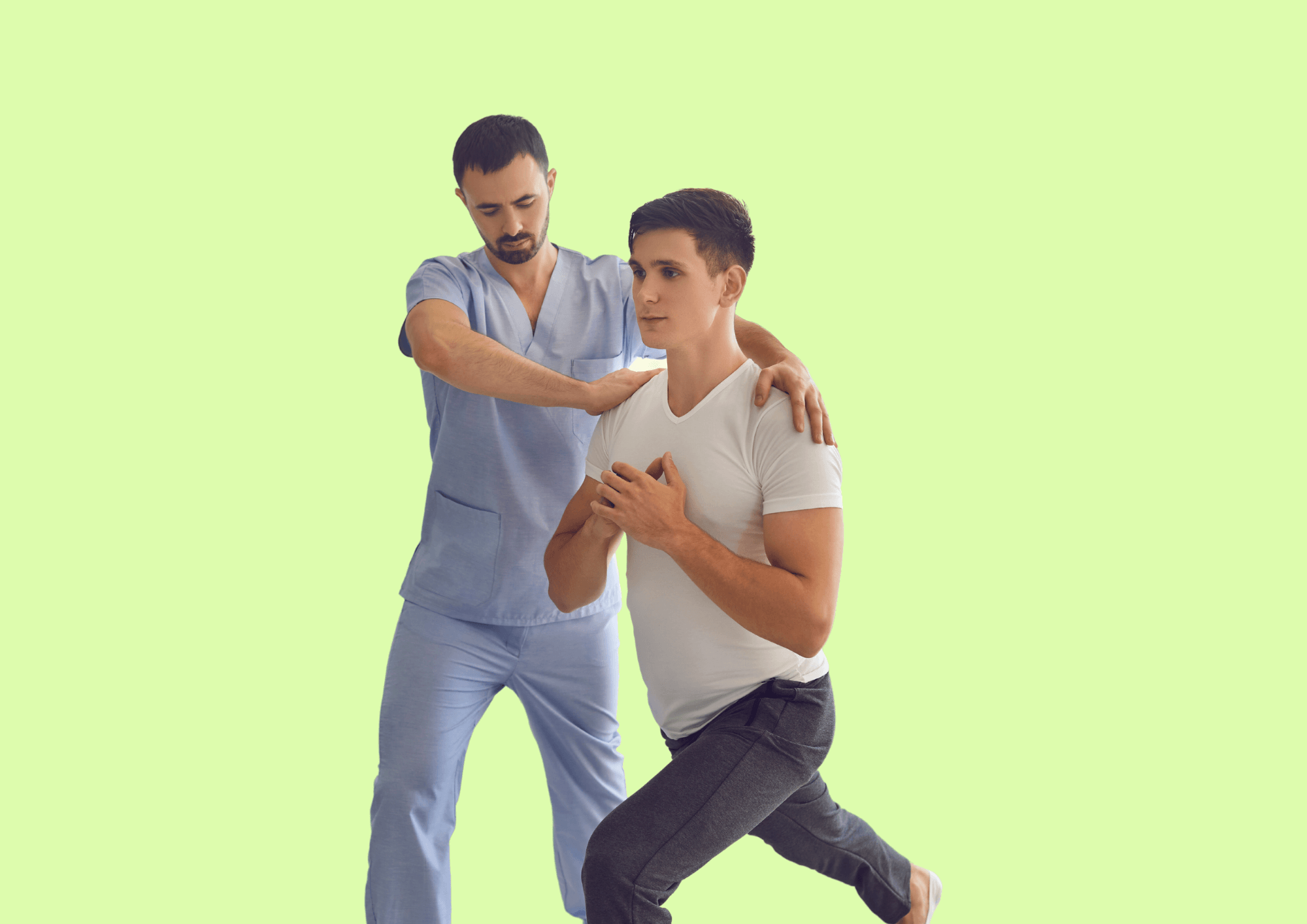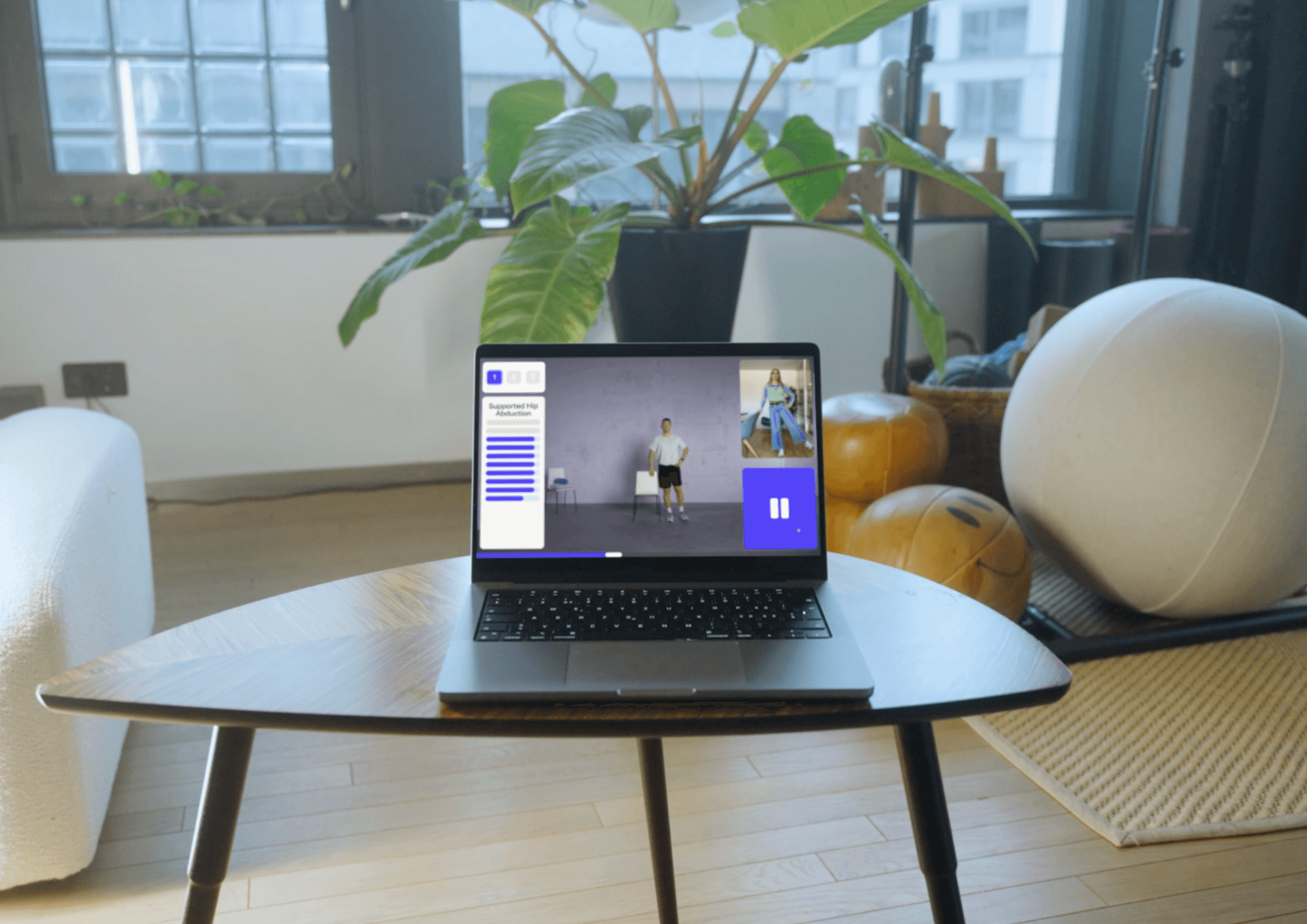As an independent discipline of orthodox medicine, physiotherapy is part of primary care and therefore an indispensable part of our health care system. Through physiotherapy, pain in the musculoskeletal system is treated conservatively and our mobility and independence are maintained in old age, after an accident or following an illness. This can effectively prevent invasive, costly and lengthy surgeries.
However, the working conditions for physiotherapists leave much to be desired. Their daily work is characterized by time pressure, they perform demanding work with many overtime hours and earn below average despite extensive studies and further training. According to the Swiss radio and television SRF, the association Physioswiss reports that the shortage of qualified personnel is increasing - only about half as many physiotherapists are trained as would be needed in Switzerland.
It is believed that this discrepancy in demand and supply exists in part because the need for physical therapists has increased in recent years. This increased demand is due to the fact that nowadays, treatments in hospitals are preferred to be outpatient rather than inpatient. This in turn leads to patients relying on more intensive care outside of the hospital.
Another big factor for this shortage of physiotherapists is the uncompensated support of home therapy, which many therapists already provide today. However, they can only do this to a limited extent due to a lack of time and financial resources. In addition, there is the unpaid administrative work, such as reading and writing patient and progress documentation, making arrangements with other specialists or instructing relatives, which has to be done in the absence of the patient. The change in tariffs currently proposed by the Federal Council would pose an additional existential threat to the profession.
This is where Remote Therapeutic Monitoring (RTM) comes into play. The model has already found favor in the U.S., where, according to the leading RTM platform WebPT, 16% of all U.S. physical therapists can already take advantage of RTM. They benefit from 7-10 hours of paid work per week, which they can perform flexibly from home through Remote Therapeutic Monitoring. An additional plus of RTM? The documentation is automated to a large extent, which saves a lot of time and effort. This relieves the therapists and gives them the opportunity to concentrate on what is really important: their patients.

What is Remote Therapeutic Monitoring?
Remote Therapeutic Monitoring (RTM) is the use of technology to connect healthcare professionals and patients between regular medical or therapy appointments. Remote therapeutic monitoring is primarily used for chronic disease management, post-acute care, and health promotion. The model allows health professionals to monitor adherence to the treatment plan (including medication adherence or lifestyle habits) and musculoskeletal or respiratory system function. Remote Therapeutic Monitoring focuses on non-physiological data, such as tracking pain conditions and physiotherapy exercise programs.
The goal for RTM in Switzerland: to provide effective, seamless and cost-efficient medical treatment. Therapists can ensure that their treatment is carried out correctly. For this new, more effective case management, professionals should also be fairly compensated in the future. The RTM model is particularly suited to physical therapists, occupational therapists, and speech therapists and, as mentioned previously, has already been successfully launched in the United States.
What is the difference between RTM and RPM?
Remote Therapeutic Monitoring (RTM) is not to be confused with Remote Patient Monitoring (RPM). The differences between the two are explained below.
Remote Patient Monitoring
Remote Patient Monitoring is similar to Remote Therapeutic Monitoring in that both models use technical tools to virtually track and review patient care outside of the physician's or therapist’s office. However, RPM typically focuses on monitoring physiological data, such as weight, blood glucose, blood pressure, oxygen levels, and heart rate. Special remote monitoring devices are applied. RPM is often used to monitor patients with conditions such as diabetes, COPD, heart disease or hypertension.
Remote Therapeutic Monitoring
Remote Therapeutic Monitoring, on the other hand, allows professionals to monitor non-physiological data such as exercise, muscle use and the effect of prescribed therapy. Another key difference between RPM and RTM is that RTM programs allow patients to self-report subjective data such as pain sensation, while RPM programs only allow automatic transmission of data such as blood pressure.

Here's how patients benefit from RTM
Increased engagement:
Many physicians and therapists are aware that patients do not always adhere to their treatment plans when outside of the office and thus do not fully achieve their recovery goals. Various studies have shown that this is because the exercises are too demanding and without supervision and encouragement from the therapist, patients find it difficult to stick to the exercise schedule between regular therapy appointments at home. RTM bridges the distance from the office and the patient's home and reinforces the understanding that everything is part of the same treatment plan, which is the foundation for a successful recovery. Thanks to tracking with RTM, patients are kept aware of where they are on their individual path to recovery, giving them a sense of greater ownership and motivation to follow medical or therapeutic instructions.
Lower medical costs:
RTM saves money on a large scale by allowing a greater volume of therapy, saving the costs of specialist consultations, hospitalizations and long-term disability of working. On a smaller scale, it can save the costs associated with office visits - including the appointment and the time off work required, arranging childcare, getting to the office, et cetera.
Improved access to a variety of treatment options:
The ability to connect with medical providers remotely breaks down barriers that have prevented access to services in the past. Without the need to travel or commute, for example, patients in more rural areas or individuals with physical barriers can receive targeted, effective care.
Here's how healthcare providers benefit from RTM
Increasing the accuracy of care planning:
It is a major challenge to obtain enough information about a patient during time-limited face-to-face sessions. Based on this data, it is not easy to put together an ideal treatment plan. Professionals gain new, high-quality information about their patients' lifestyle and exercise habits through RTM. By monitoring changes in symptoms and reports of pain or difficulty, professionals gain a holistic view that enables the best decisions to be made for an ideal treatment course.
Addressing staffing shortages:
Physical therapy is increasingly suffering from staffing shortages due to current circumstances. The opportunities offered by RTM can help alleviate staffing shortages. By tracking data using software and apps, therapists can reduce the number of appointments and make the best use of their staff. As RTM makes the profession more versatile and flexible, it also becomes more attractive to future physical therapists.
Strengthening the therapist-patient relationship:
RTM provides therapists with a way to monitor the progress of their clientele and thus be more responsive to them. Through constant feedback to and from patients, professionals can build a closer relationship with their clients, gaining more trust from patients. These strengthened relationships can lead to greater patient adherence to the care plan and the therapist developing a better understanding of the patient's daily life and the impact of treatment.
Increased practice revenue:
The introduction of RTM - once it is recognized in Switzerland - can increase a physical therapy practice's revenue. This diversifies the reimbursement model and provides health insurance companies with objectively measurable performance data. Especially under aggravating circumstances such as the planned rate adjustment of physical therapy services, this comes in handy.
Future-proofing your practice:
Some therapists may be a bit hesitant to embrace RTM or other digital health tools out of fear that it will make their in-person services obsolete or lose value. However, technology will never replace what a human brings to medical or therapeutic treatment, and there will always be a need for personalized treatment as well as expertise and insight that only experienced therapists can provide. Nevertheless, there is a belief that therapists who use RTM and other advanced models of connected health care will in the future replace those therapists who do not.

RTM's potential for healthcare in Switzerland: Akina paves the way
Akina is a young start-up in the MedTech sector. Our goal is to make the Remote Therapeutic Monitoring model accessible in Switzerland to further develop patient care. We do this with our sophisticated software Akina Cloud - an interactive platform with state-of-the-art AI technology for therapeutic training at home.
In doing so, we aim not only to improve the patient therapy experience and increase the effectiveness of training, but also to make the daily work of physical therapists easier and give them the opportunity to expand their compensation catalog.
Want to learn more about Akina and our platform? In the article Akina - Better Begins Today we present our mission and software in more detail.




